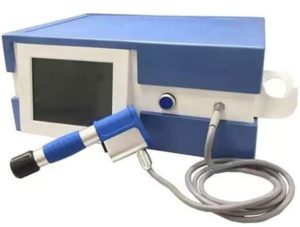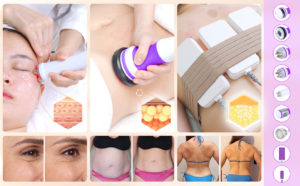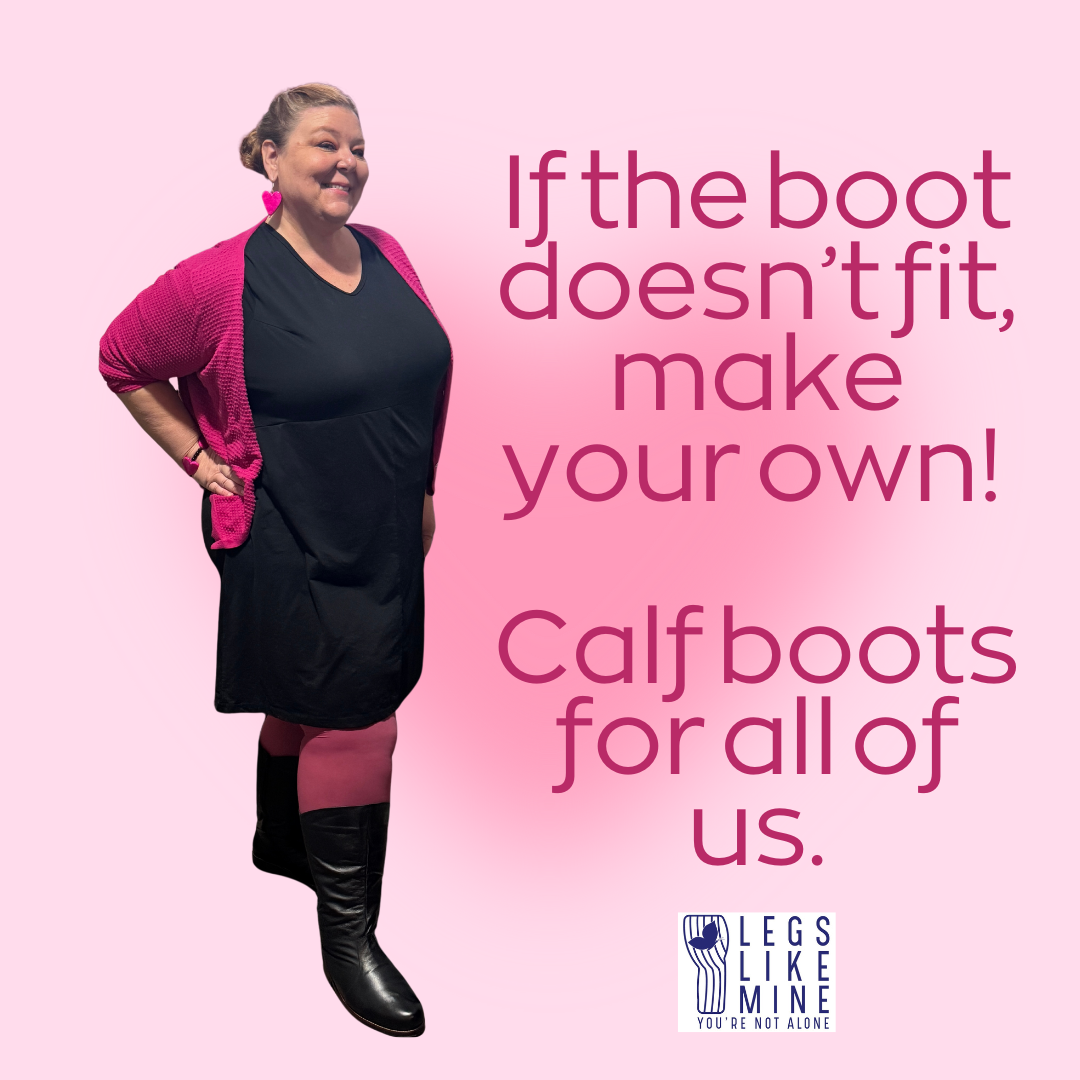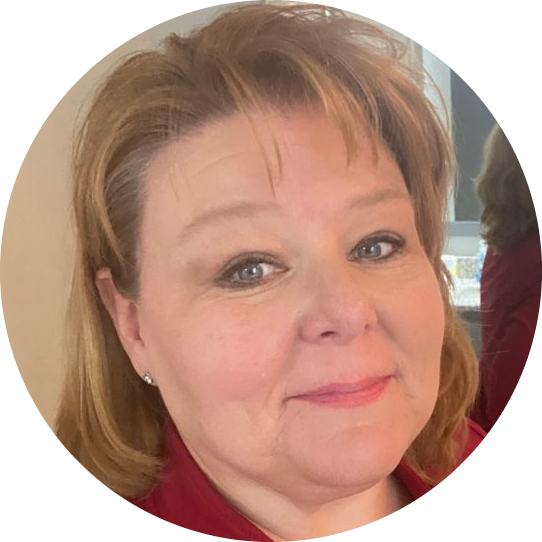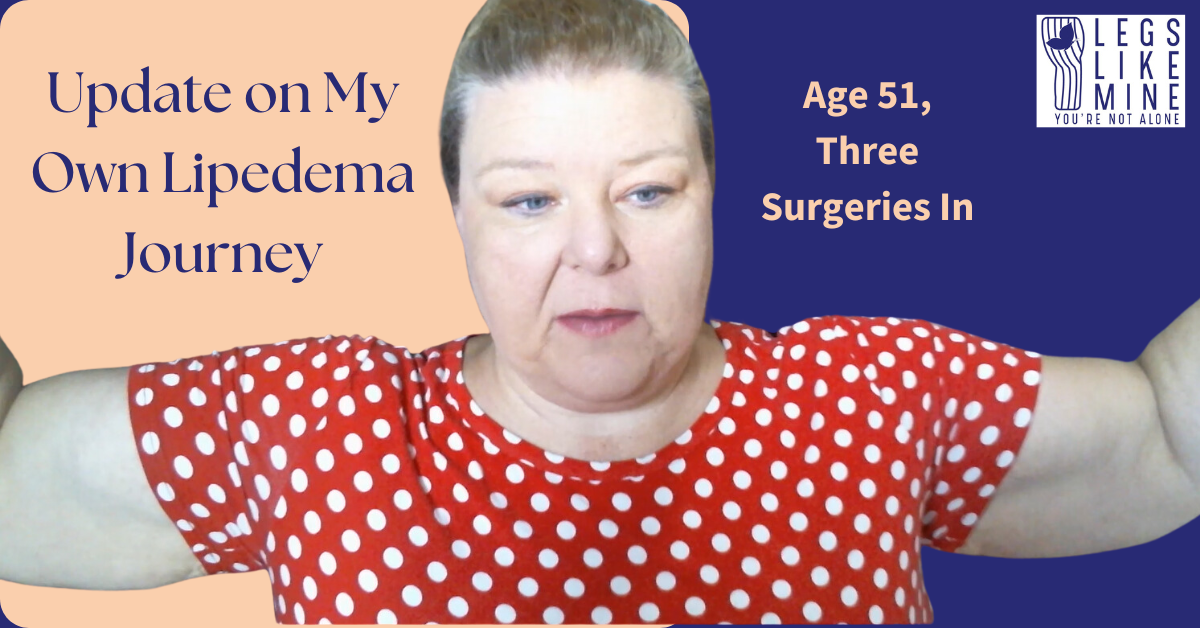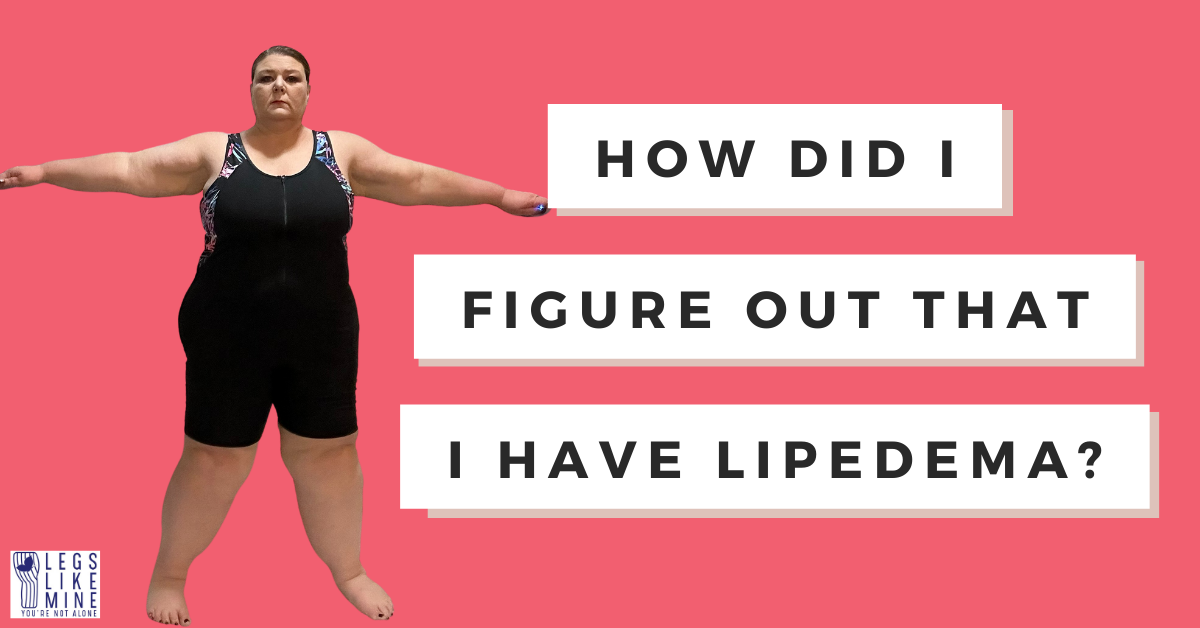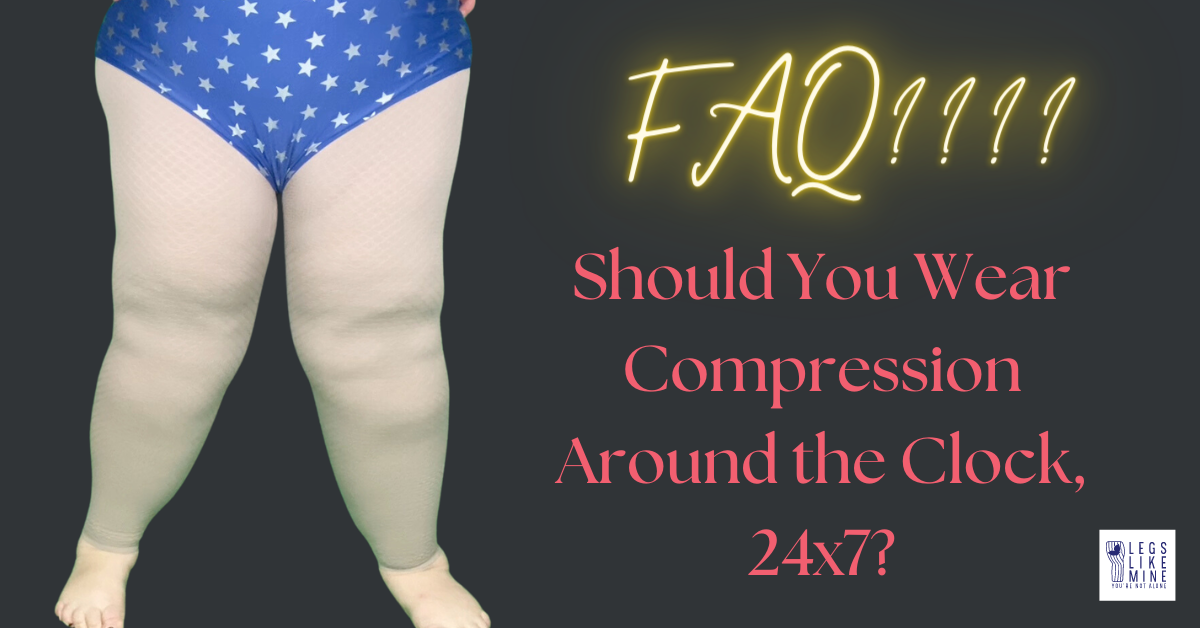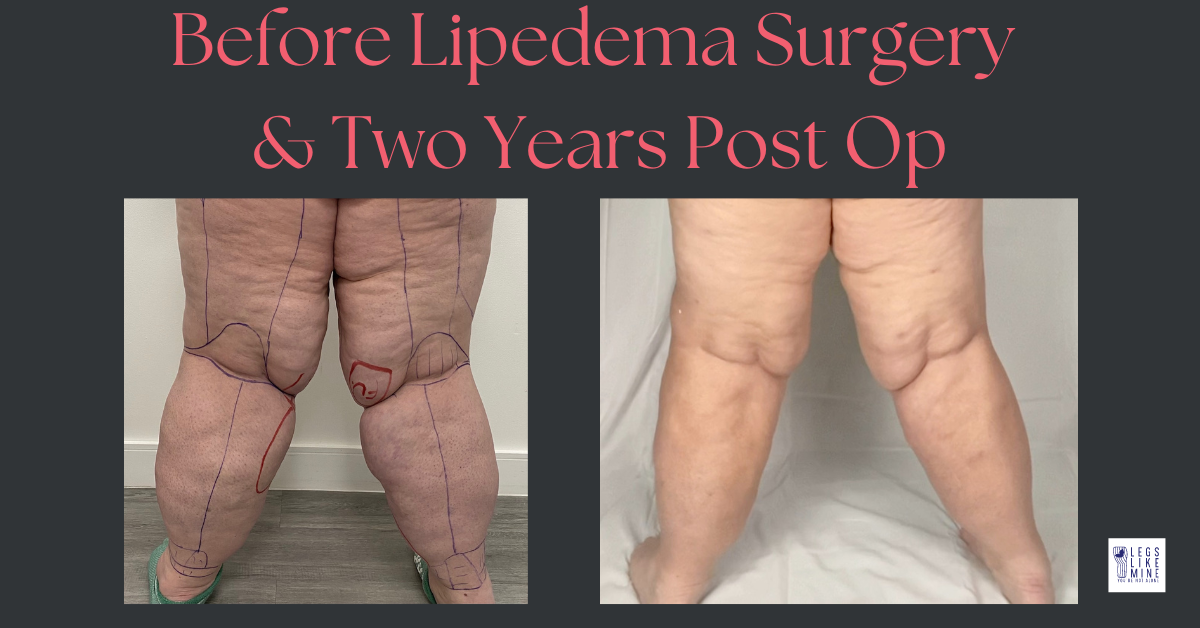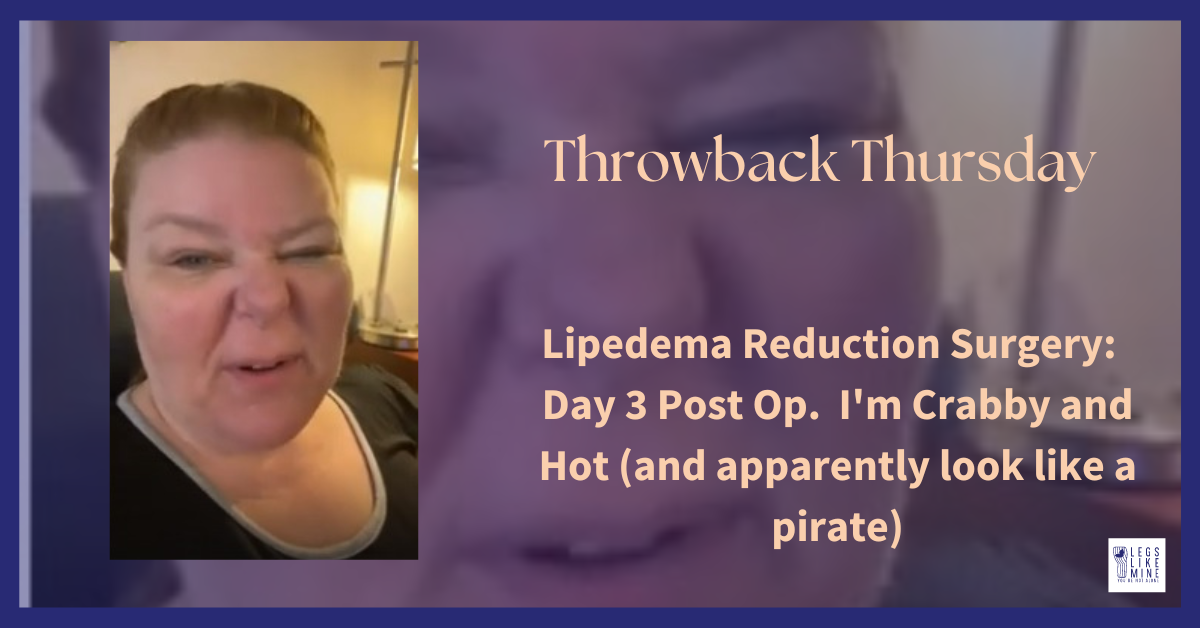Warning to the READER: A problem with a lot of fibrosis treatments out there right now, is that there can be some serious side effects. Karen Ashforth – the presenter of this early study – does not recommend going off on your own without training to try some treatments to remove fibrosis. You can do damage if you don’t know what you’re doing or use the wrong pressure.
[Case in point – ME – I bought a fascia blaster because I watched an amazing commercial, and used it so long and hard that it turned my leg absolutely purple. I threw it away, but I know I damaged my tissue. DON’T DO THIS! Yes, there are cavitation and shock wave units available on Amazon today, but some are cheap and won’t last long. Ms. Ashforth used high-quality, FDA-approved equipment for her tests.]
Ok, now…
Hi friends!
This is one of my top five presentations that I witness in person at the Lipedema World Congress in Potsdam, Germany, given by Karen Ashforth.
This presentation represents a hopeful at-home treatment that may be able to reduce pain, decrease size, and improve the overal health of our subcutaneous adipose tissue. Karen Ashforth’s presentation was called, Pilot study: Ultrasound cavitation (UC) and extracorporeal shock wave treatment (ESWT) as conservative treatments for lipedema SAT improves pain, decreases thigh circumference, increases QOL and improves SAT structure in women with lipedema.
About Karen Ashforth: Karen has a career spanning more than 40-years as an occupational therapist, known as the Fibrosis Queen to those in the lipedema and lymphedema world, presented on an early study she conducted regarding the use of Extracorporeal Shock Wave and Ultrasonic Cavitation therapies to reduce inflammation, pain, and actual leg circumference in lipedema patients. Karen has an interesting practice, seeing some patients in person at the hospital she’s affiliated with and also through telehealth. Karen is a good vibes kind of lady, full of love and light. Being in her presence feels healing in itself. And she is incredibly passionate about healing in the human body – the perfect combination for someone treating lipedema patients. You can find her on www.karenashforth.com.
Karen is one of the people to watch in the lipedema and lymphedema world. She was one of the first people to really dig into discussing fibrosis, about ten years ago. She is a proponent of incorporating a more aggressive treatment to remodel fascia in lipedema and lymphedema patients. She’s actively working to document and share her learnings on the different types of fibrosis, which can be different for lipedema patients because of its ability to hold nodules. She is dedicated to talk about the impact of fibrosis on mobility and patient quality of life, and how managing fibrosis can really help patients.
Karen presented at the Fat Disorders Resource Society in 2022 on fibrosis and is featured in numerous videos on Youtube about her work. Here’s a link to those slides.
Ashforth FDRS 2022 Fibrosis updated-2
I had a chance to sit down with Karen to talk about her learning on Shock Wave Therapy and Cavitation Therapy. Here are some of the things I learned from her:
What did her study look at? Karen’s study used shock wave therapy on one thigh, and cavitation on another thigh at the same time. She used her awareness that subcuteneous adopose tissue blocks circulation, compresses nerves and increases pain to test these therapies. She did a literature review before performing the tests to determine if using cavitation and shock wave therpies helped with pain and structure of the adipose tissue. Her patients had lipedema diagnosis within the last three years, all with symptoms that they’ve had for 26-40 years. Some had no prior treatment. Some had complete decongestive therapy, and some had already had surgery, and all had a range of self care technicques they did on their own.
Pilot Study: Ultrasound cavitation and extracorporeal shock wave treatment (ESWT) as conservative treatments for lipedema SAT improves pain, decreases thigh circumference, increase QOL and improves SAT structure in women with lipedema.
What is Shock Wave Therapy? According to Webmd.com, “Shockwave therapy – which is also known as extracorporeal shockwave therapy — is administered to a tendon or muscle through the skin with a small, handheld device that’s similar to an ultrasound wand.”
Karen’t pre-study literature review shows that shock wave therapy has proven to smooth skin and have good result.
What is Cavitation Therapy? Also according to Webmd.com, “Ultrasonic or ultrasound cavitation is the use of ultrasound technology to break down fat cells below the skin. It is a non-surgical method of reducing cellulite and localized fat. This procedure involves applying pressure on fat cells through ultrasonic vibrations. The pressure is high enough to make the fat cells break down into a liquid form. The body can then get rid of it as waste through your urine.”
Based on Karen’s pre-study literature review, she learned that there isn’t a lot of medical-based research published on cavitation because it’s typically used in Aesthetics modalities. So if you ask your CLT about this therapy, they likely won’t be able to give you recommendations or training at this point.
What were the overall outcomes of her study?
- Patients saw a reduction in overall circumference of their thighs with both shock wave and cavitation therapies (an average of >3 cm in each thigh
- Subjects demonstrated a statistically significant reduction in pain
- The integrity of fascial structures improved on both sides
- Patients who had already had liposuction had less improvement than people using less aggressive treatments, but it helped both patient populations
- Patients experienced the same/similar euphoria as those who have had liposuction, as a result of less pain and inflammation, and improved mobility from using these treatments
- While she tested shock wave on one leg, and cavitation on the other leg, both showed a similar reduction circumference without a statistically significant difference between the two. Both types of treatment improved the subcutaneous adipose tissue structure.
- Both of these techniques represent promising modalities for conservative treatment.
What’s Next? There is a need for an expanded study based in 2024. Karen ultimately wants to be able to publish protocols, safety information, and a widespread way to train patients on using the most effective technique.
Karen is currently designing a larger study and submitting a proposal to an IRB (institutional review board). Preliminary results will possibly be available at the Fat Disorders Resource Society in St. Louis this April (patients are welcome, btw), and maybe (Maybe?) be able to give some recommendations on next steps for patients to take to try these treatments on their own. Be on the lookout for information on this important study, even on how to participate if you’re in the area. I expect the outcomes to give us more hope on at-home treatments we can do to make a real impact on our lipedema.
Final thoughts: What’s interesting about these treatments is that once a patient is properly trained and receives quality equipment (often available online), they can perform these treatments at home as a part of their conservative therapies and self care. Be careful with this information for now. According to Karen, “The last thing I want is for someone to take this information too early and run with it in the wrong direction, possibly causing harm. Wait for the outcomes of the bigger research study and DO NOT go buying units on your own without training.”
Thank you, Karen for your passion in helping others and for your continued dedication to research to find ways to manage lipedema.
We’ll be on the lookout for more, soon!
Susan


